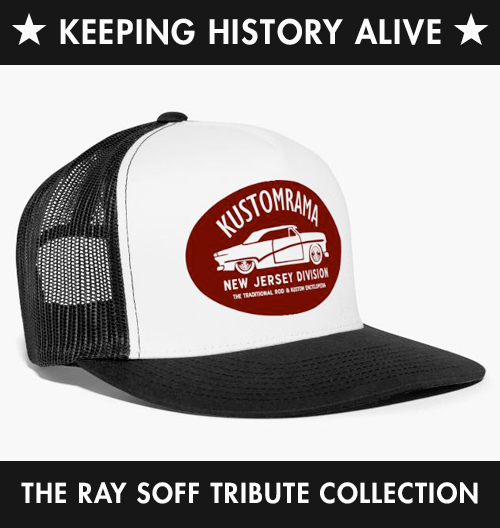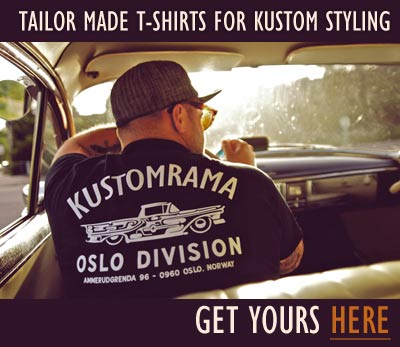The Ray Soff Photo Collection

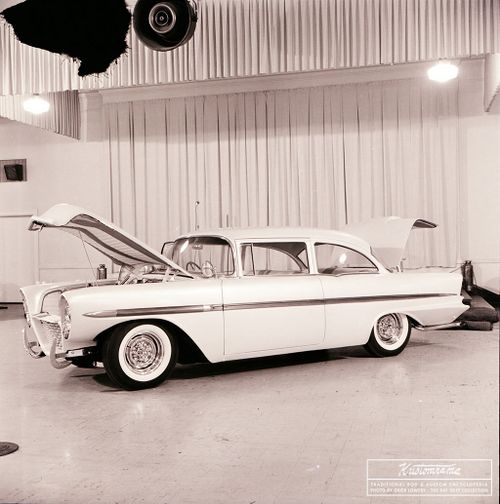
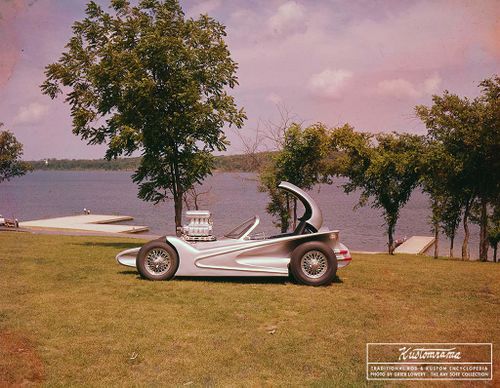
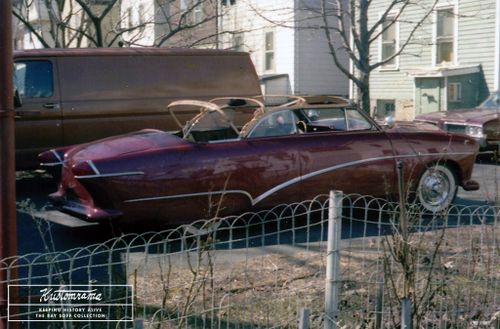



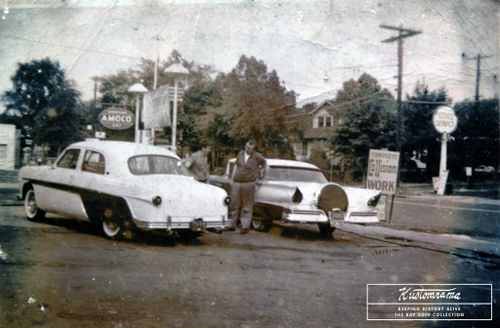

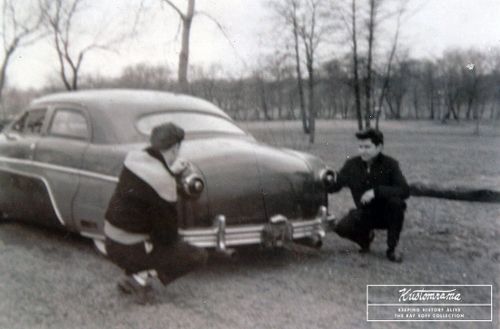


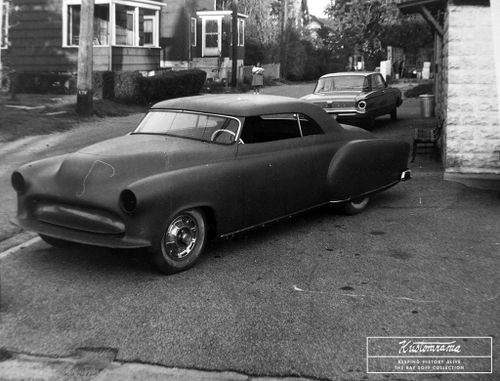
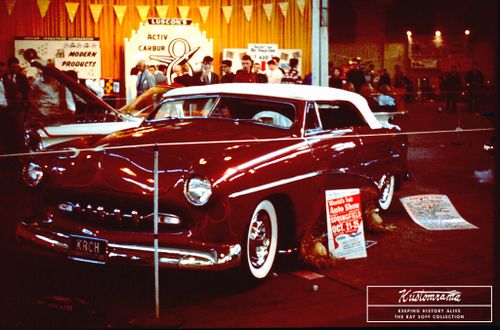


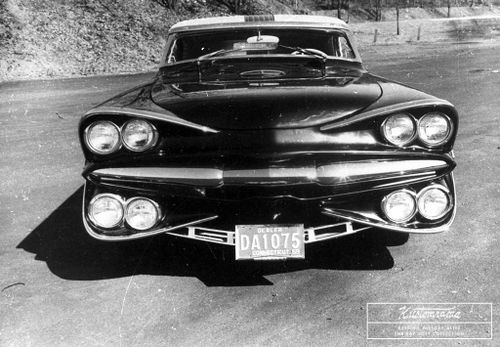
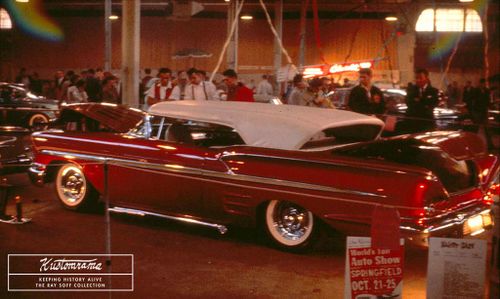
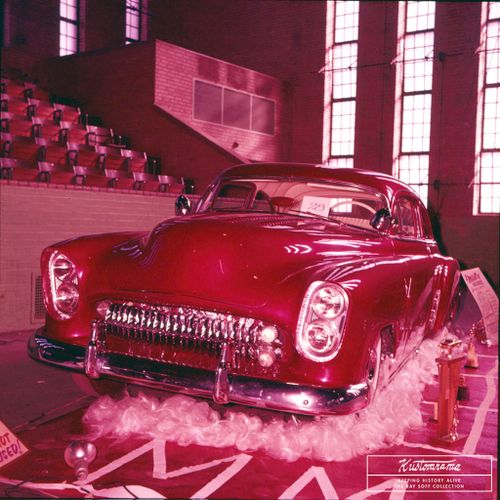

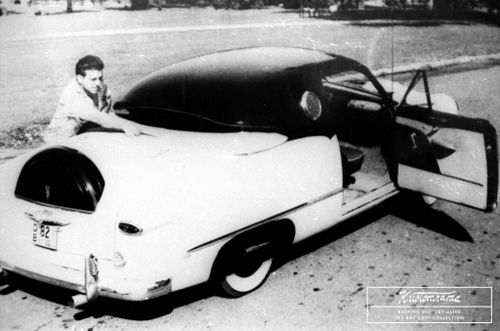


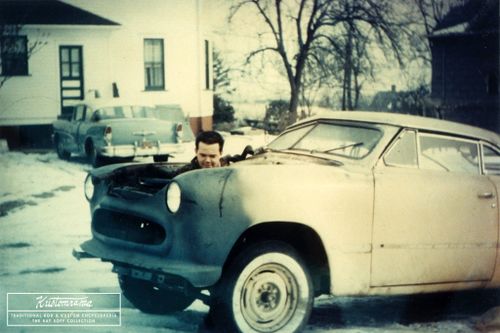



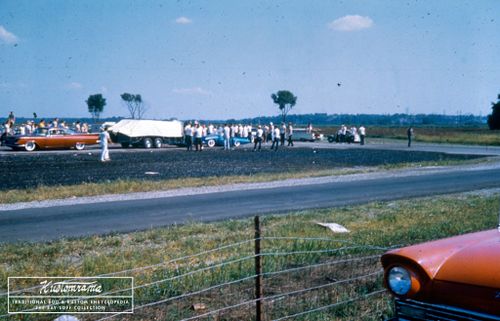
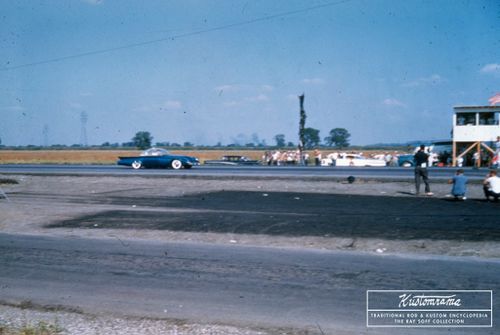
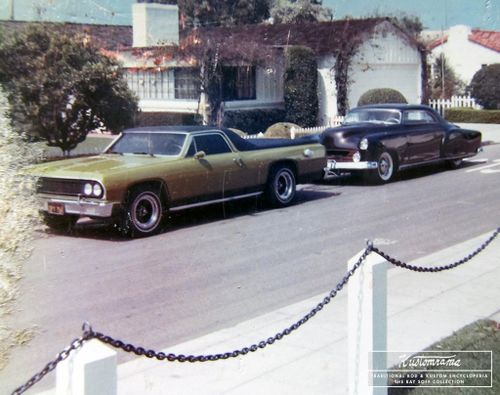





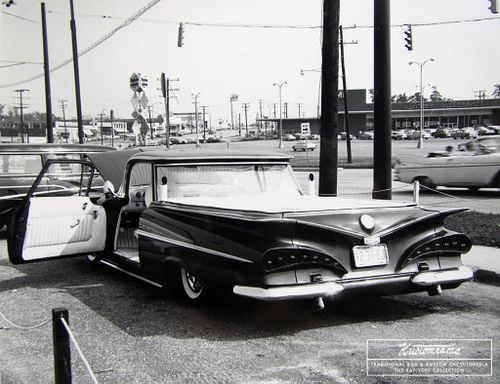









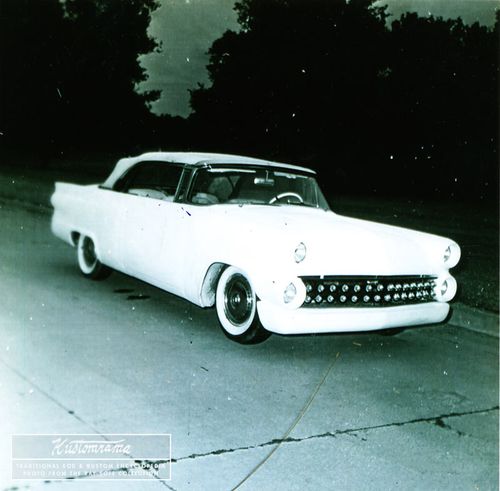


















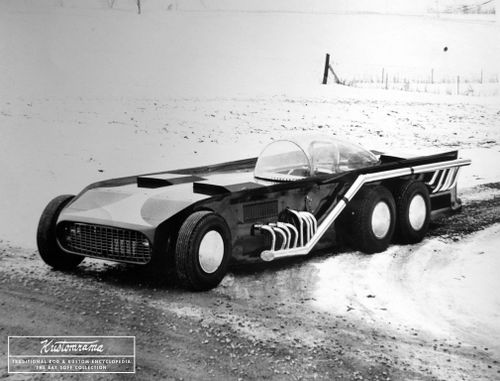



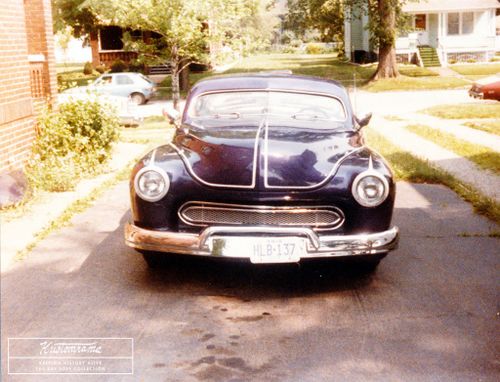
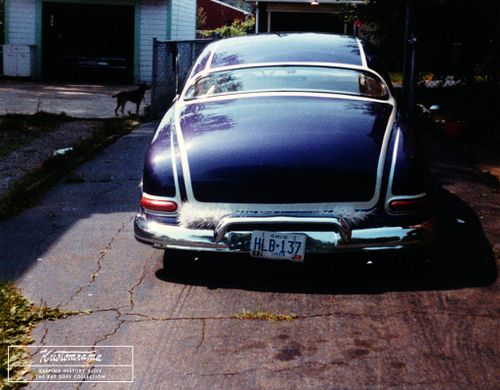

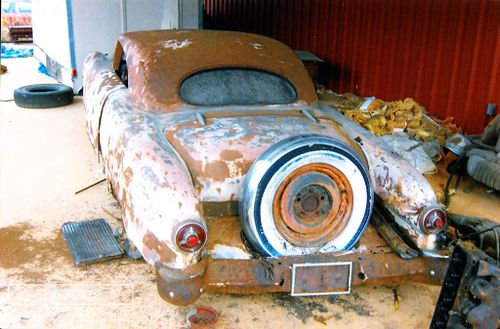
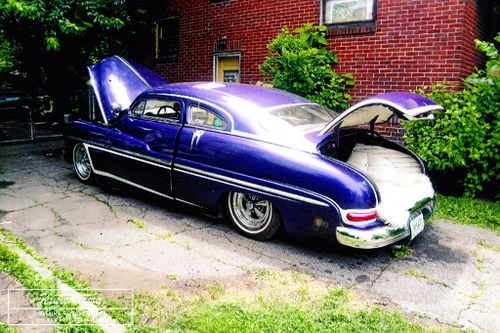
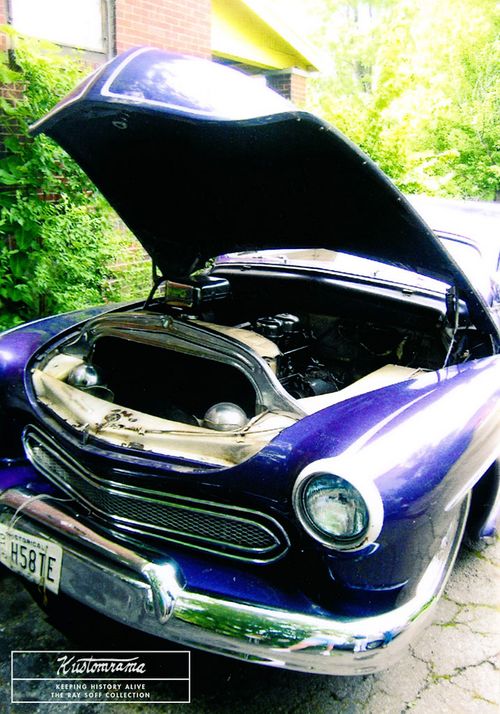
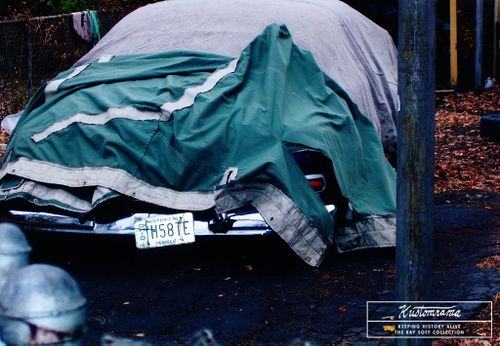
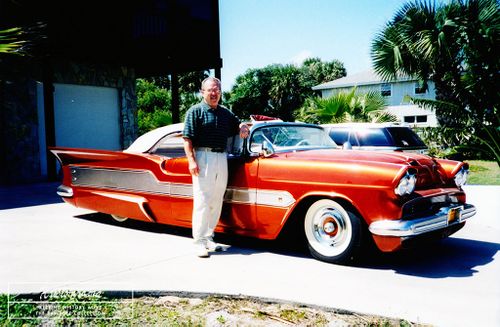
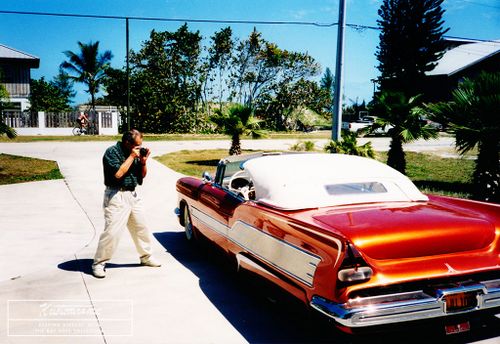
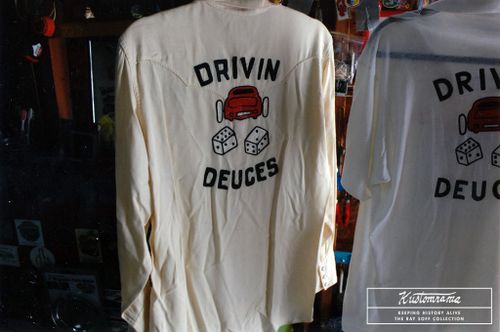
Raymond Soff of Saddle Brook, New Jersey is often referred to as a walking custom car Encyclopedia. He was born in 1946, and he has spent half of his life tracking down custom cars in the United States, talking to owners of cars that he admired in the magazines when he was a little kid. Ray’s growing collection of East Coast custom history contains thousands of photos and negatives, letters, notes, and taped interviews.[1]
“This is my hobby,” Ray told Sondre Kvipt of Kustomrama in 2018. “My whole life is cars. Since I was a kid, I have always been into cars. I still am. That’s maybe what keeps me alive,” Ray chuckled. Ray’s passion can be traced back to 1962. “When I was 16, I went with my father to the New York Coliseum to an indoor car show. At the show, I saw my car for the first time. It was dark green, and I said; ‘Dad, that’s the car I want.’ Dad went; ‘Yeah! Well, it ain’t for sale, and you’re only 16!’ I said ´OK.’”[2]
The car Ray fell for back in 1962 was a chopped 1950 Ford Convertible that had been driven in from Stamford, Connecticut. It featured a chopped top, rolled bumpers, chrome rims and a shiny Dark Green lacquer paint job. It was owned and restyled by a teenage kid named Jimmy Karcher.[2]
Jack DeWitt, an award-winning author and poet who grew up in Stamford, also has fond memories of the same car; “In the mid-Fifties, when I was in my early teens, the streets of Stamford, Connecticut seem to be invaded by a whole new class of car. Without warning chopped and lowered Fords and Chevys, Mercs and Oldsmobiles appeared on Main Street, on Bedford Street, in the Ridges, down by Long Island Sound, up on the Merritt Parkway. They looked mean and low painted in deep maroons, bright blues or wild purples. Some were unfinished with primered patches on hoods and fenders covering the spots where chrome had been removed and holes filled. But that was still cool. Even cooler was how they sounded as they announced themselves to the world with a deep rumble of steelpac or glasspac mufflers or even straight pipes. They were the coolest things we had ever seen.”[3]
One night in 1956 or 57 Jack and his buddies heard that Jimmy Karcher was building a 1950 Ford convertible in his garage, and his younger brother offered them a look. “We walked down Cedar Heights, and Jimmy’s brother opened the door, and we saw the car sitting there in a tiny one-car garage that barely contained the car. Jimmy was there.” Jack told Sondre that that night stayed with him for a long time; “To me, it was the sort of night that you might remember if you had a chance to see Jackson Pollack when he first started dancing around a canvas spread out on the floor with a stick dripping in his hand. Or to hear Allen Ginsberg read “Howl” in San Francisco. I treasured that memory as much for what the car became as for what I remembered of that night. We all knew (believed) how perfect it was going to be.”
Jimmy had bought the car from a policeman in Stamford, and it was in a pretty good shape when he began transforming it into the car of his dreams. The top was chopped 6 inches before the body was brought an additional 6 inches closer to the ground by modifying the A-arms and dropping the spindles. The back of the car received two sets of 3-inch lowering blocks before the quarter panels were modified to accept a pair of 1955 Packard Clipper tail lights. Sonny Bennet, a buddy of Jimmy, did most of the welding on the car. Up front, 1954 Mercury headlight rings were frenched into the fenders. A molded grill cavity was made from two 1950 Mercury grill shells, and the new opening was dressed up with a shortened 1955 DeSoto grill. The first incarnation was painted 1954 Buick Tahitian Red, a trendy color back in the 1950s. It featured 1955 Buick sidetrim, and it was upholstered in pink and black Naugahyde. According to Jack, the Stamford cars were almost all owner built, and it was rare to see such a radically altered homebuilt car so well designed and perfectly executed.
Known as “The Connecticut Yankee,” Jim’s Ford went on to become a well known Connecticut custom. According to a magazine article, it was also the lowest car in the state. In 1961 Jimmy’s Ford was invited to attend the Custom Car Spectacular in San Juan, Puerto Rico. “There was a big ship that brought cars from New York City to Puerto Rico,” Ray told Sondre. “Mine was damaged on the way over, and it never made it into the show.” Jerry Anolik that was responsible for the show was supposed to pay for the shipping when the cars came back to New York City. Unfortunately, he ran to California, with all the money, and the shipping company put all the cars in storage when they arrived. They wouldn’t release the vehicles before the owners had paid for the shipping from Puerto Rico.
By 1962 Jimmy’s Ford had been given a blue paint job, and a white rolled and pleated Naugahyde interior. This version was featured on the cover of Speed & Custom March 1962. After the car had been photographed for the Speed & Custom story, Jim decided to redo it for the third time. The bumpers were scrapped in favor of rolled pans, a popular early 1960s modification. This incarnation received a metallic Gold paint job and chromed and reversed wheels. Shortly after that, and in time for the New York show, the car was given a Dark Green lacquer paint job.
“I always had it in my mind, that car. All the time,” Ray told Sondre. In 1978, after he got married and had a kid he said; “You know, I wanna find that car.” He spent a year looking for the old custom in Stamford, Connecticut where it was from. Nobody knew what had happened to Jim or the car, but Ray found the house where he used to live and knocked on the door. ”A guy opened up, and told me that he bought the house off of Jim 10 years ago,” Ray asked him if he knew where he lived. He didn’t know, so Ray started knocking on the doors in the neighborhood, talking to Jim’s ex-neighbors. “A guy told me that he had moved to Florida, so I gave up on him. I put an ad in the magazines with a picture of the car that I had taken in 1962, saying that I was looking for the car or Jim. A guy called me up from Long Island, and he says “I think my friend owns the car. It’s for sale, but it is in a million pieces.” Ray told him that was no problem, and he went down there to check it out February 10th, 1979. “We came up with a good price. I paid the deposit and told the seller that I would be here Saturday with the rest of the money. I brought it home, and since I was a bodyman for 30 years I put the car together, and it has been on the road ever since.” According to Jimmy, the car had been painted seven times while he owned it. First Buick Titian red, then candy blue, metallic gold, a bluish silver, and a deep green. It had also been painted two different reds. Ray decided to give the car a Red paint job, similar to the one Jim had originally given it when he first restyled the car. He also decided to maintain the molded front and rear pans that Jimmy had grafted onto it in the sixties. Appleton Spotlights and 1957 Cadillac hubcaps were added to make the restored incarnation “his.” During the restoration, the drivetrain was upgraded with a 351W engine, an AT transmission, Jaguar rack and pinion steering and disc brakes.
“That car was what got me going,” Ray told Sondre. “Because when I found my car, I said if I could find this car that I wanted since I was a kid, there's gotta be more customs out there. And that’s what got me going. The quest to find more cars. 35 years ago these guys were still alive, so I would go into the telephone book look em up, call em, and we would talk. It eventually became a habit. I had to have another one. Then the next one, and the next one.”
In the 1980s Ray started tracking down old show promoters, and photographers that were credited in the 25 cent magazines he used to drool over as a teenager, asking if they had any photos or negatives to share. “I have thousands of negatives from all of the magazines because the photographers kept them, got old and passed away. Along the way, I became friends with their wives, and after their husbands died, I told them not to throw the negatives out.” Ray offered to buy photos and negatives from the widows, and his collection started to grow dramatically. Unfortunately, he also came too late several times, and he has several stories about widows that have been throwing large collections of negatives and photos in the dumpster.
“Talking to a lot of people for 35 years I find stories. I get information from people, then I make the calls to the guy in subject, and all of a sudden I have a new story. For 50 years, since I was a kid, I have been going through the 25 cent magazines. I go through them every winter looking for information.” As a result of this, Ray can tell you what’s on every page almost in every magazine. “It is in my mind,” he laughed. And in 2018 his mind seemed to be great for his age. Ray also hunts stories and photos on swap meets. When he sees people looking through boxes of 25 cent magazines, he asks them what they are looking for. “Sometimes the guy goes, “I’m looking for my car, it was on the cover of this or that magazine.” Then I say; Who are you? He tells me his name and gives me his telephone number so I can give him a call someday. That’s how I find people.”
Ray has also been calling old customizers such as Korky Korkes, Harry Bradley, John Hycko, and Herb Gary regularly for the last 35 years. He has recorded most of the calls, and he also has a vast collection of taped interviews. “Most of their friends are gone by now, so they have nobody to talk to about the old days, so when you start talking, asking questions, they just keep talking, they don’t want to stop, cause I’m the only guy listening to them.” Ray truly loves talking to people. And according to his wife he is on the phone with someone every damn night.
In 2002 Ray’s Ford was featured on the cover of the first issue of Kustoms Illustrated. After that, Ray became a contributor to the magazine, providing photos and stories. Before that Ray also made some stories for Custom Rodder Magazine. Today Ray receives calls from all over the country. “People call me about their car, or they have a car, and they ask me about the car and wants to know if I have any information about it. Maybe 20 percent of the times I know what happened to the car, or can tell them info about the car they have in their garage,” Ray chuckled. Luckily for us, Ray has become a valuable contributor to Kustomrama, sharing rare photos and stories from his enormous collection.
References
Did you enjoy this article?
Kustomrama is an encyclopedia dedicated to preserve, share and protect traditional hot rod and custom car history from all over the world.
- Help us keep history alive. For as little as 2.99 USD a month you can become a monthly supporter. Click here to learn more.
- Subscribe to our free newsletter and receive regular updates and stories from Kustomrama.
- Do you know someone who would enjoy this article? Click here to forward it.
Can you help us make this article better?
Please get in touch with us at mail@kustomrama.com if you have additional information or photos to share about The Ray Soff Photo Collection.
This article was made possible by:
SunTec Auto Glass - Auto Glass Services on Vintage and Classic Cars
Finding a replacement windshield, back or side glass can be a difficult task when restoring your vintage or custom classic car. It doesn't have to be though now with auto glass specialist companies like www.suntecautoglass.com. They can source OEM or OEM-equivalent glass for older makes/models; which will ensure a proper fit every time. Check them out for more details!
Do you want to see your company here? Click here for more info about how you can advertise your business on Kustomrama.




